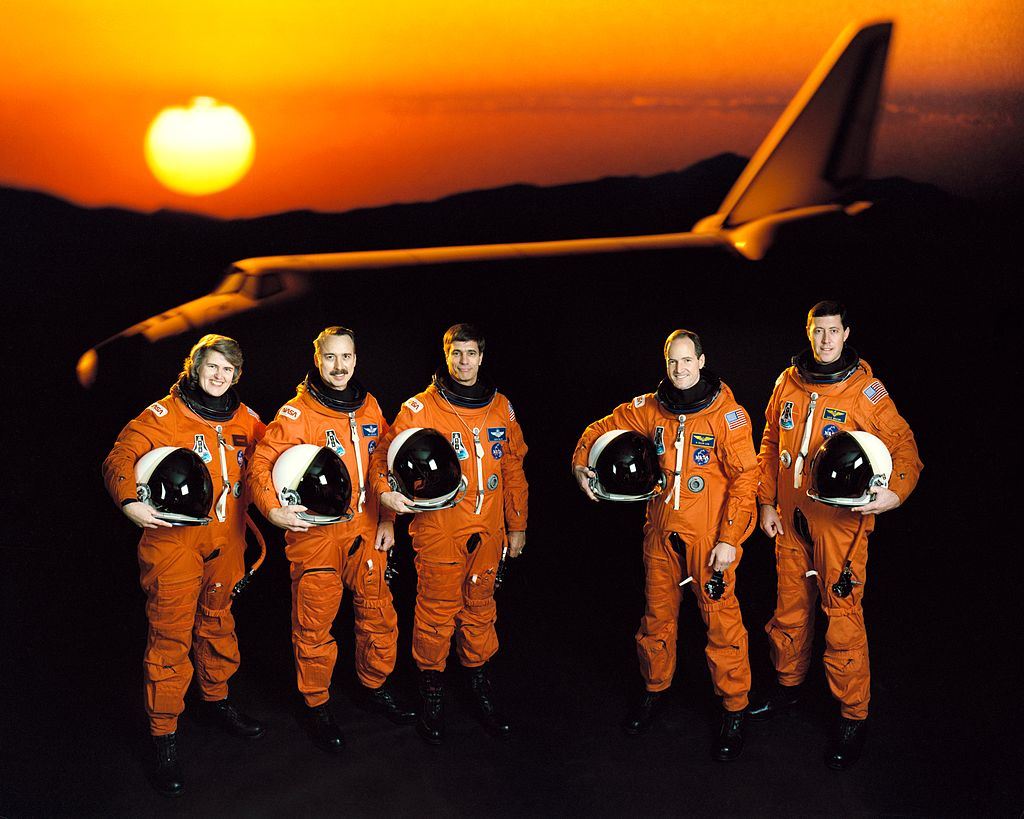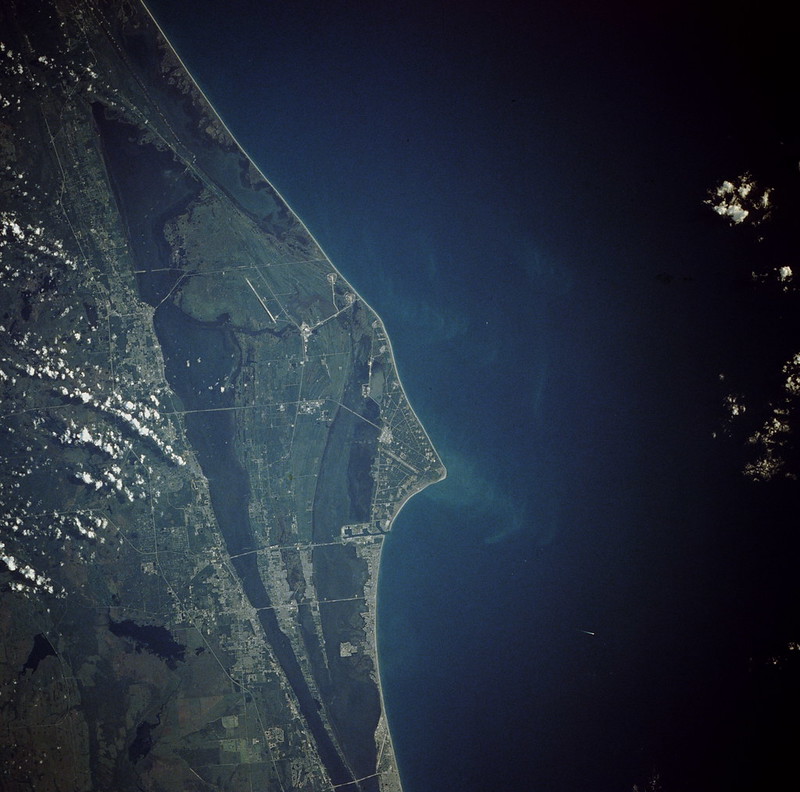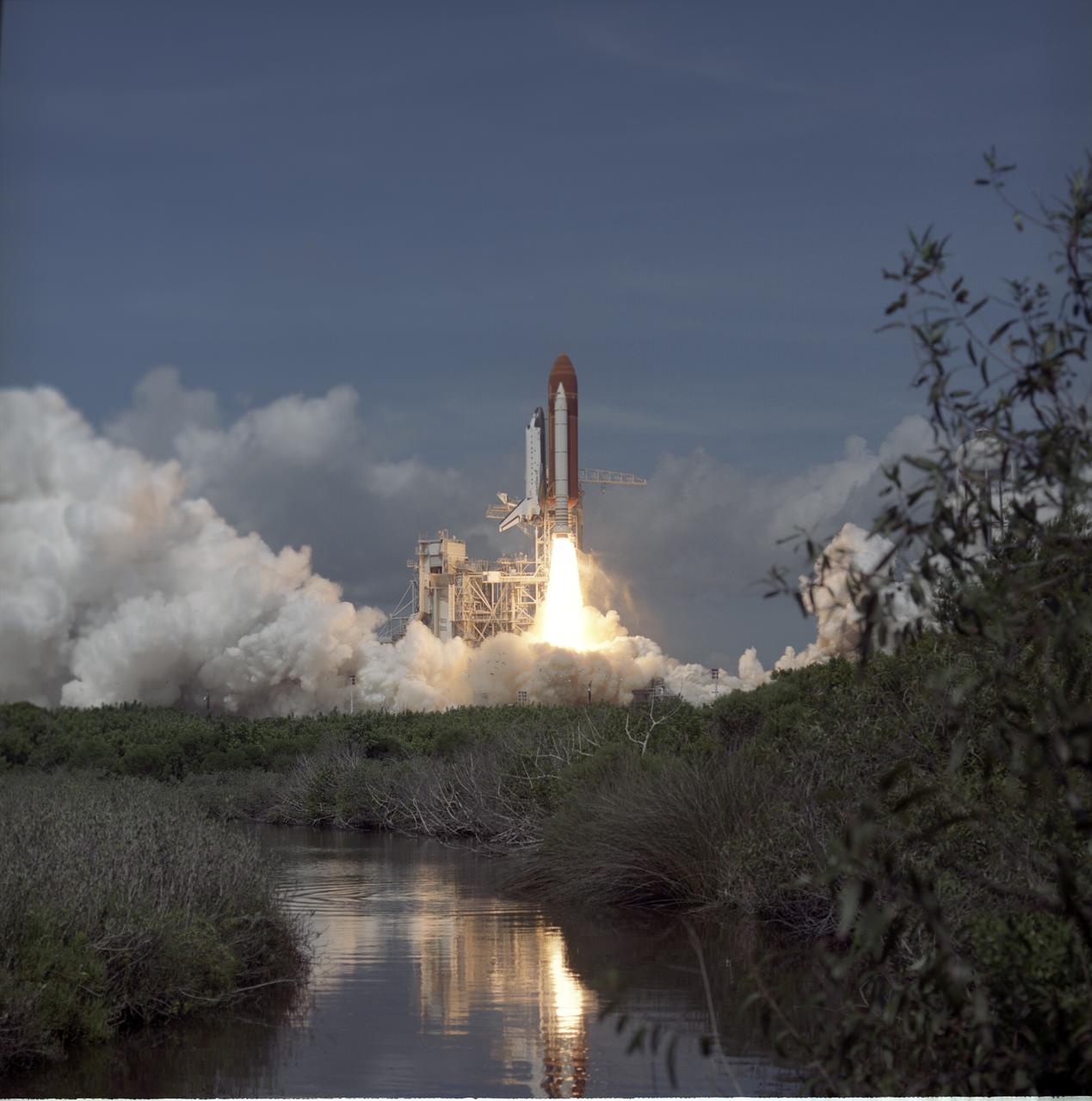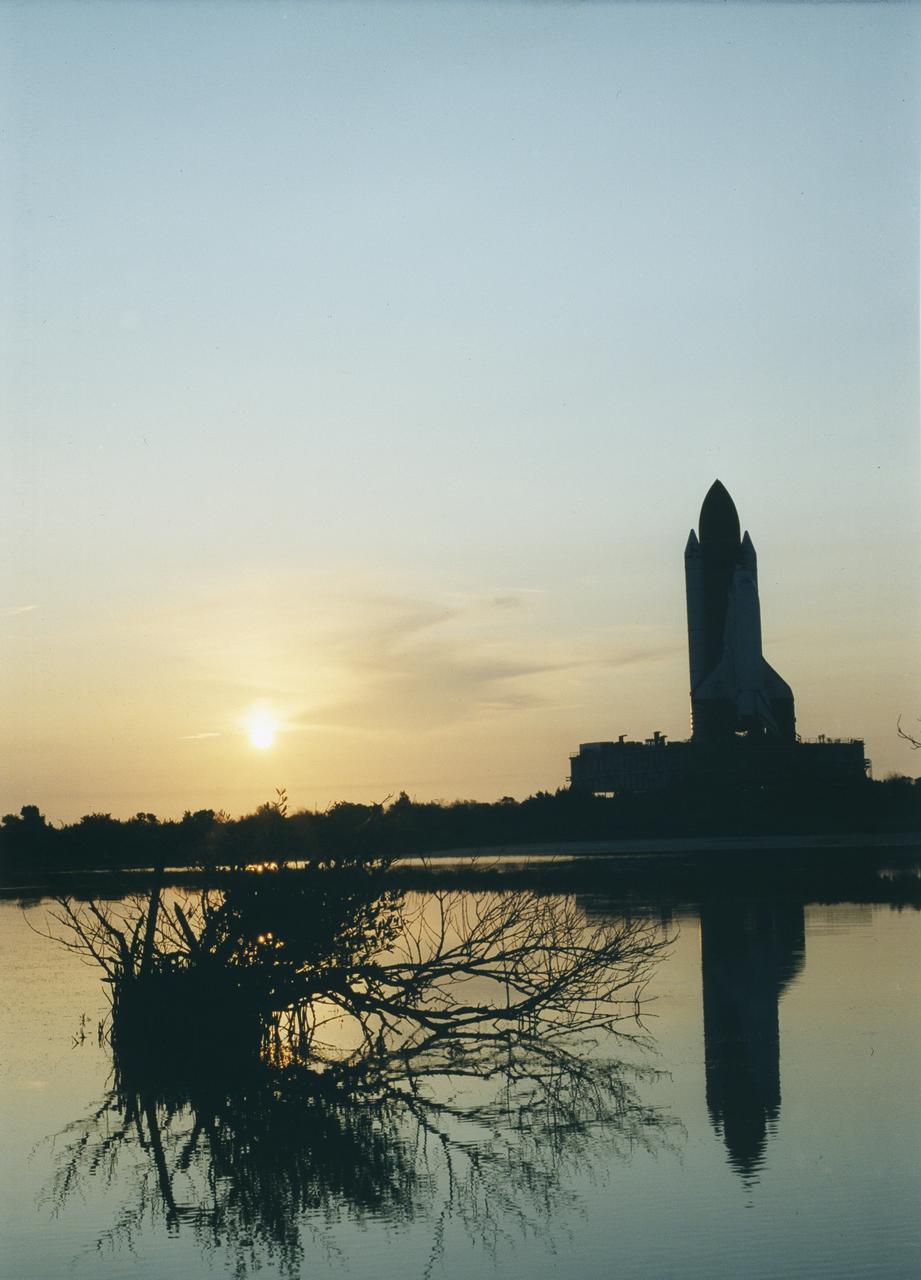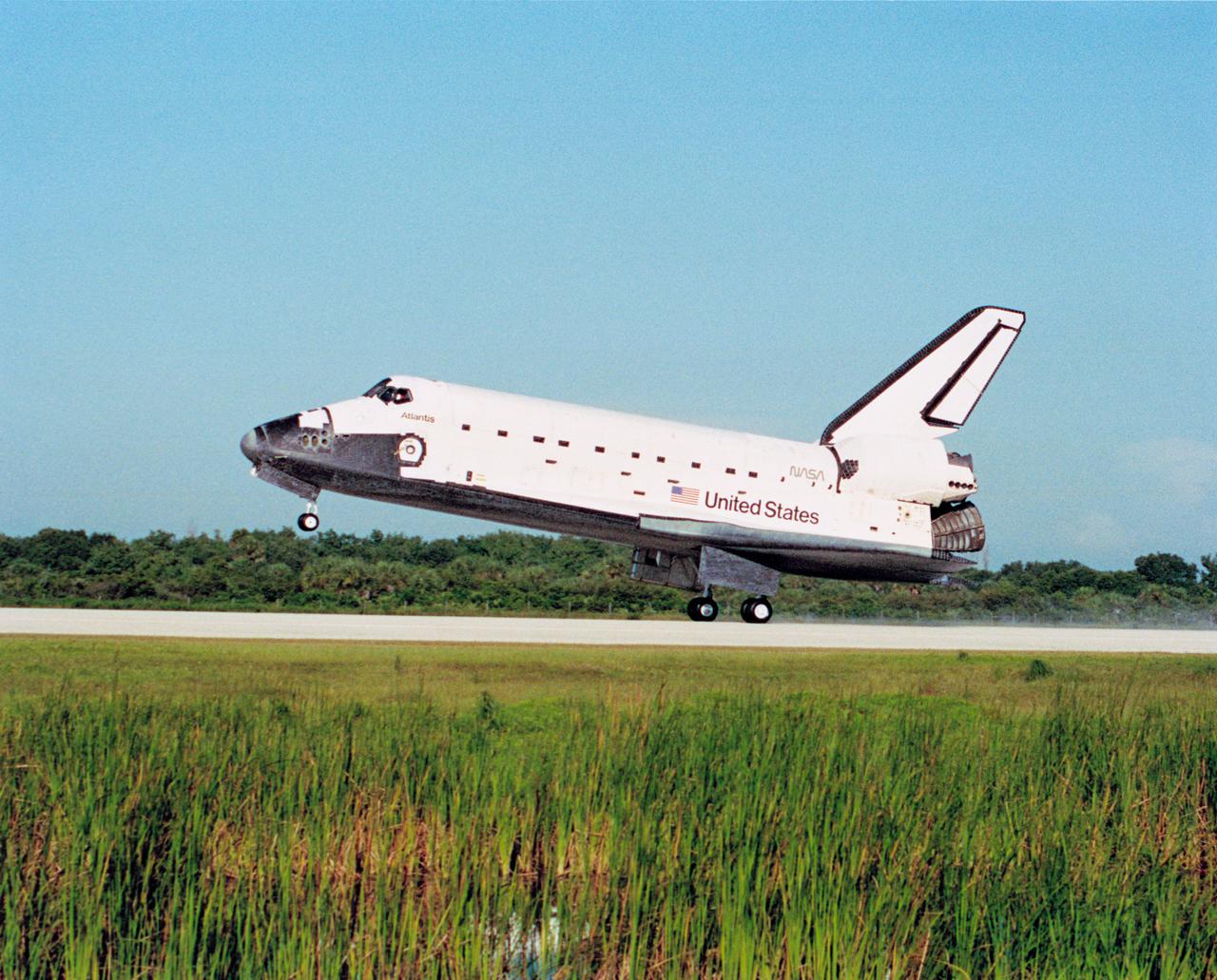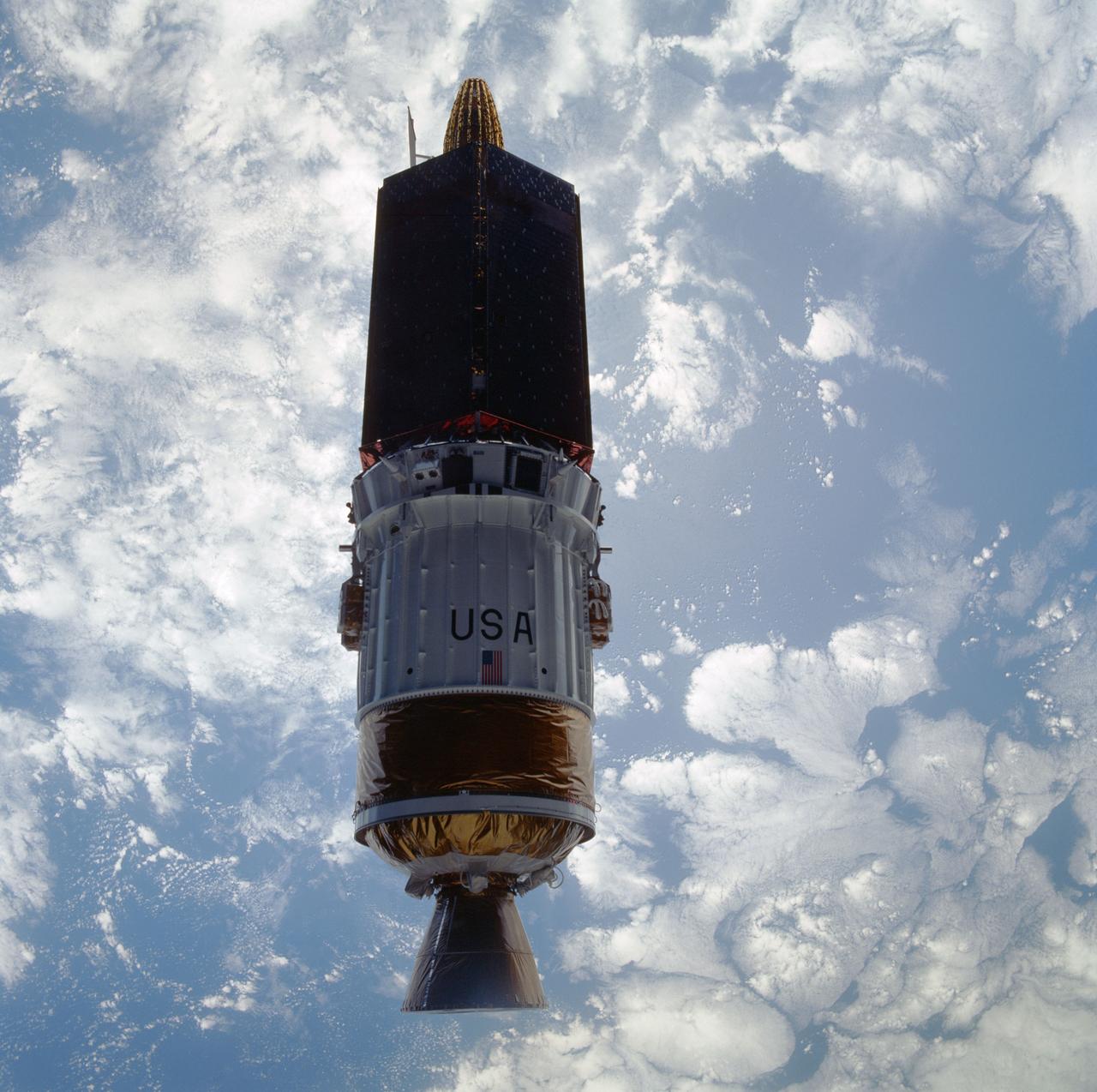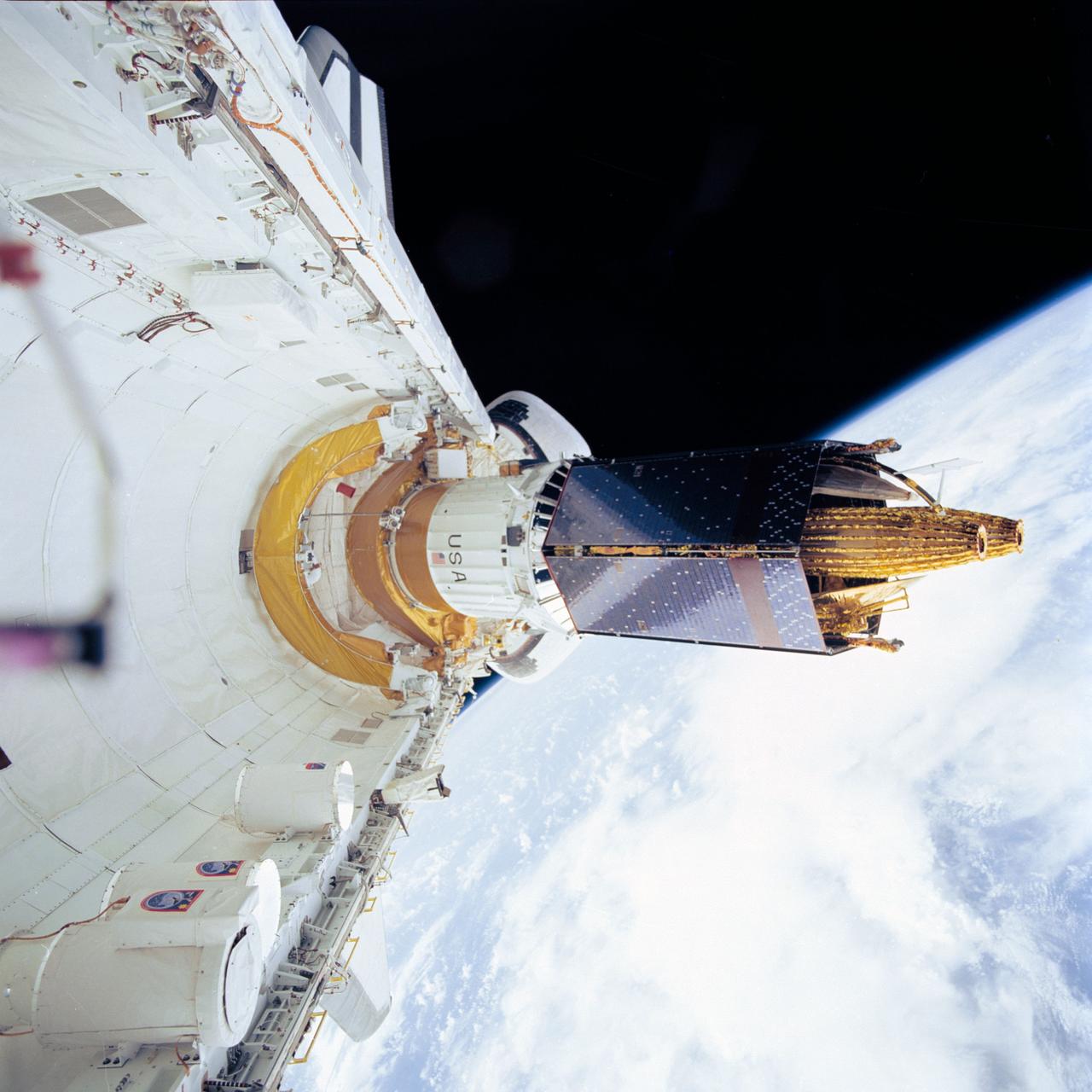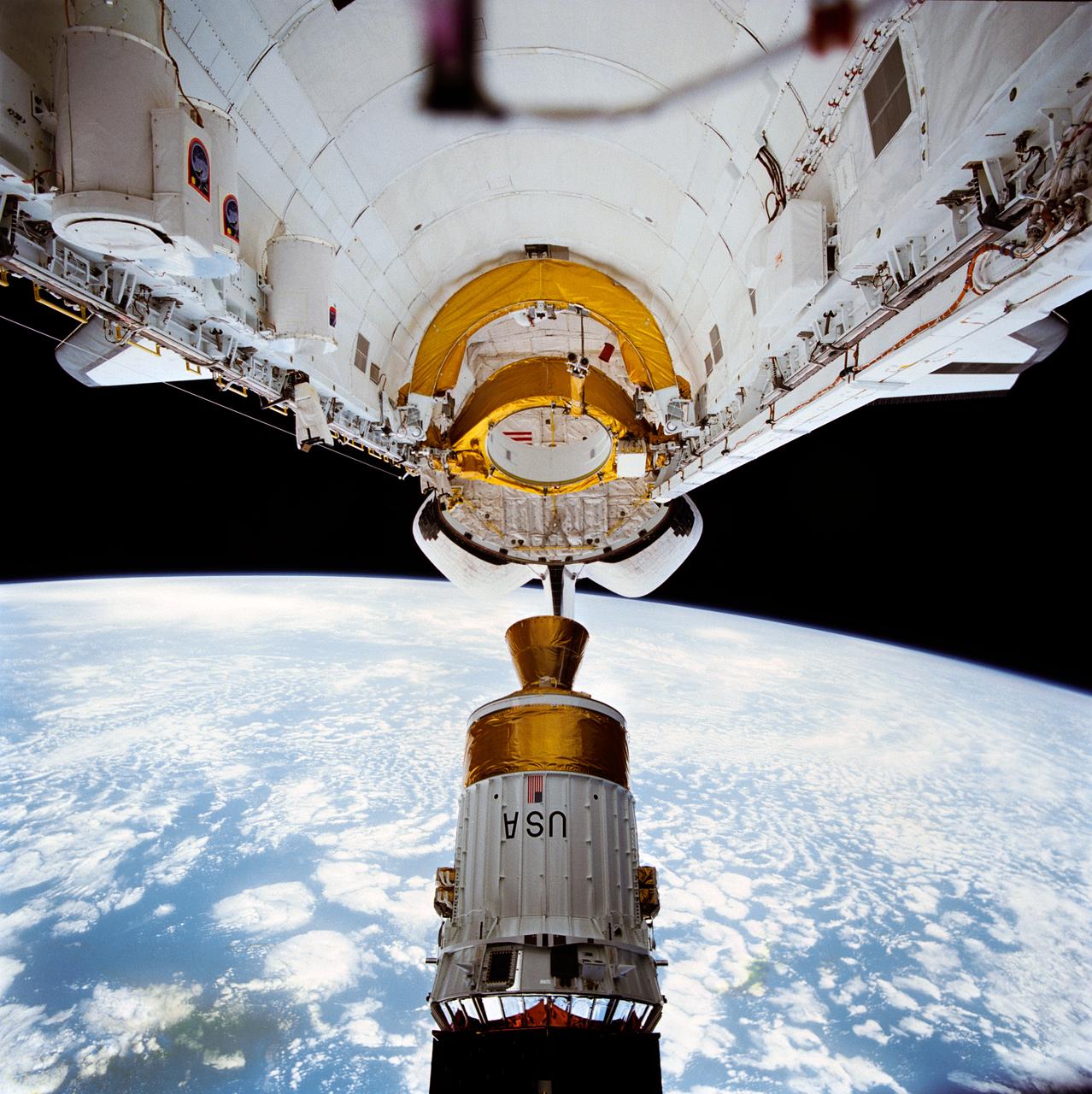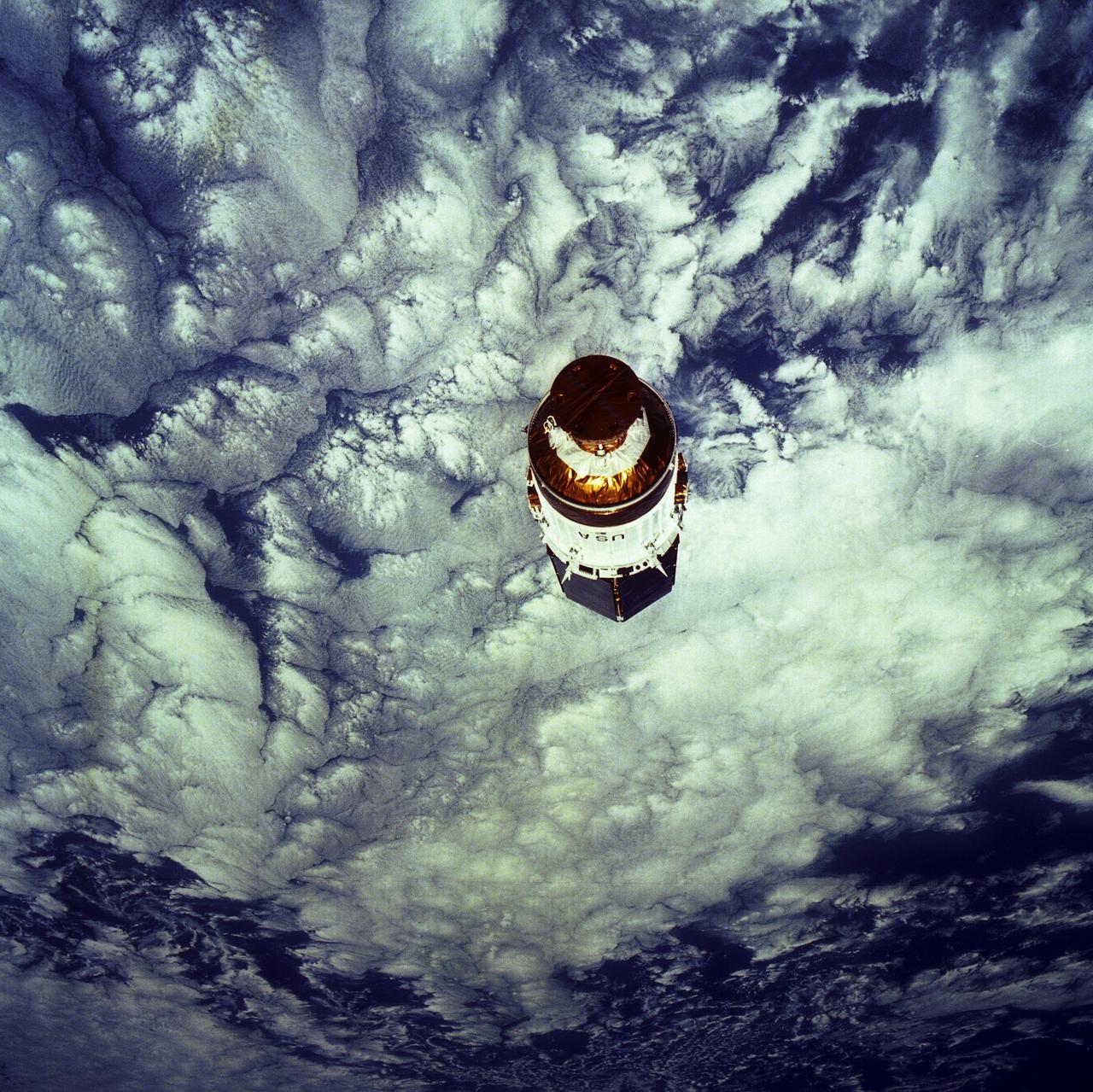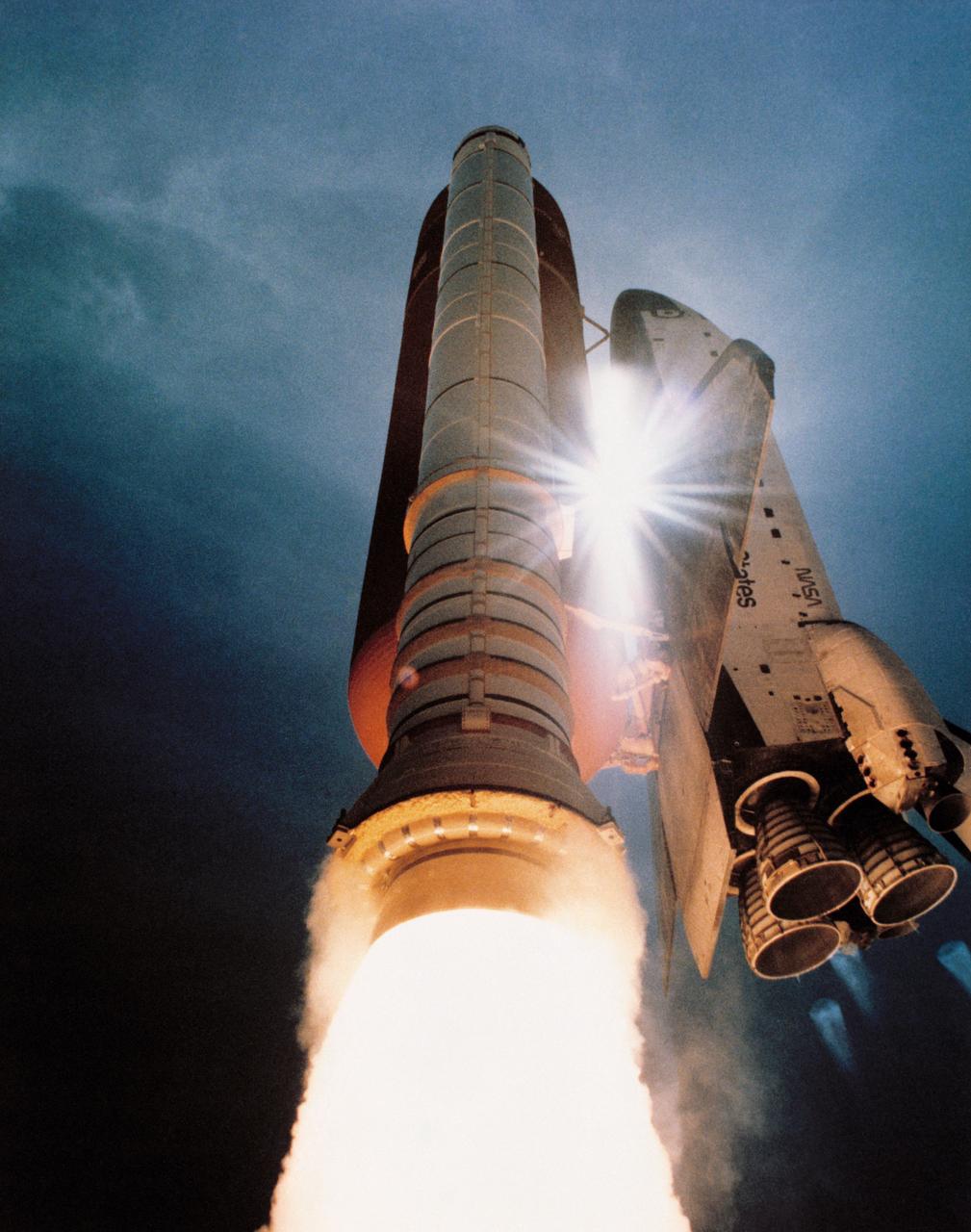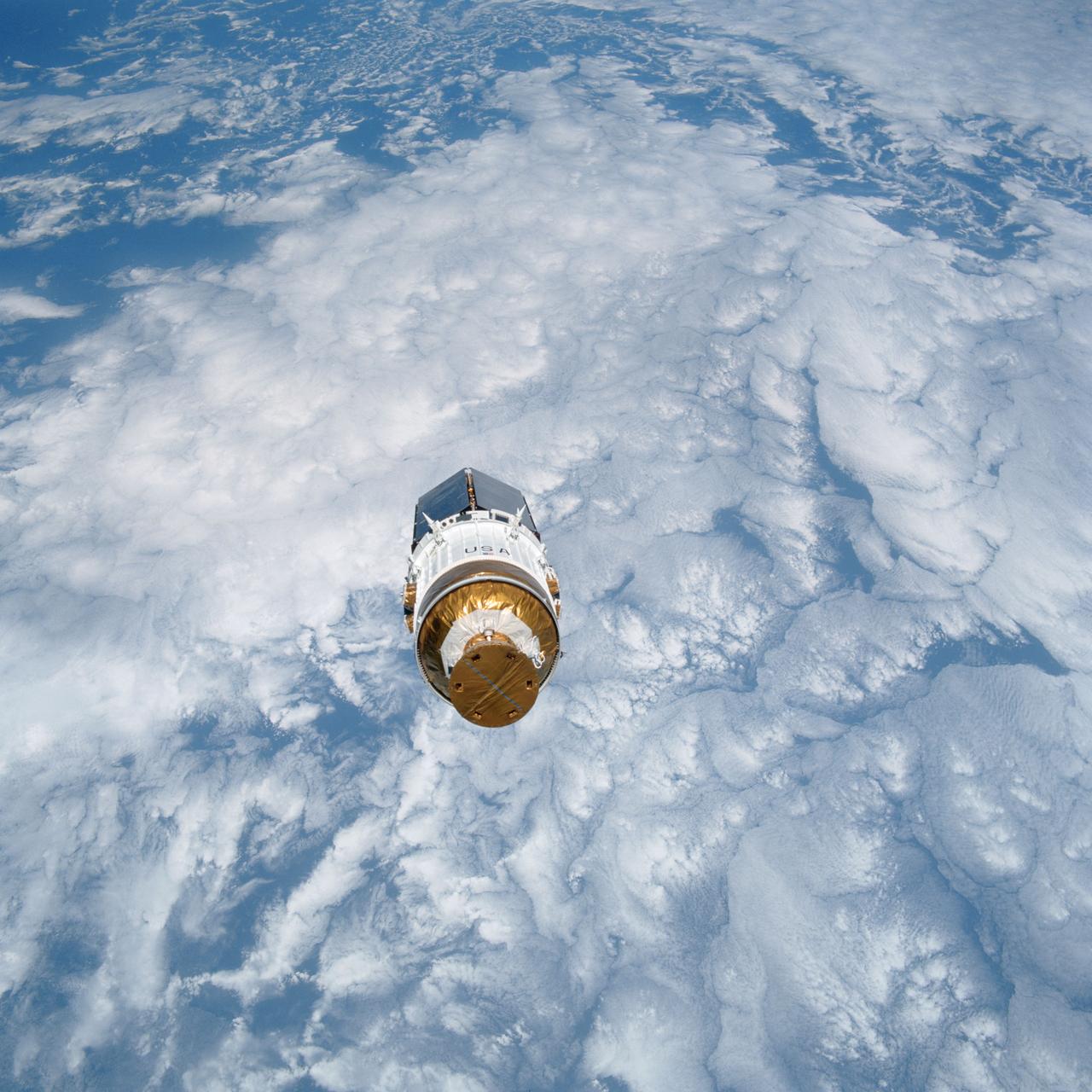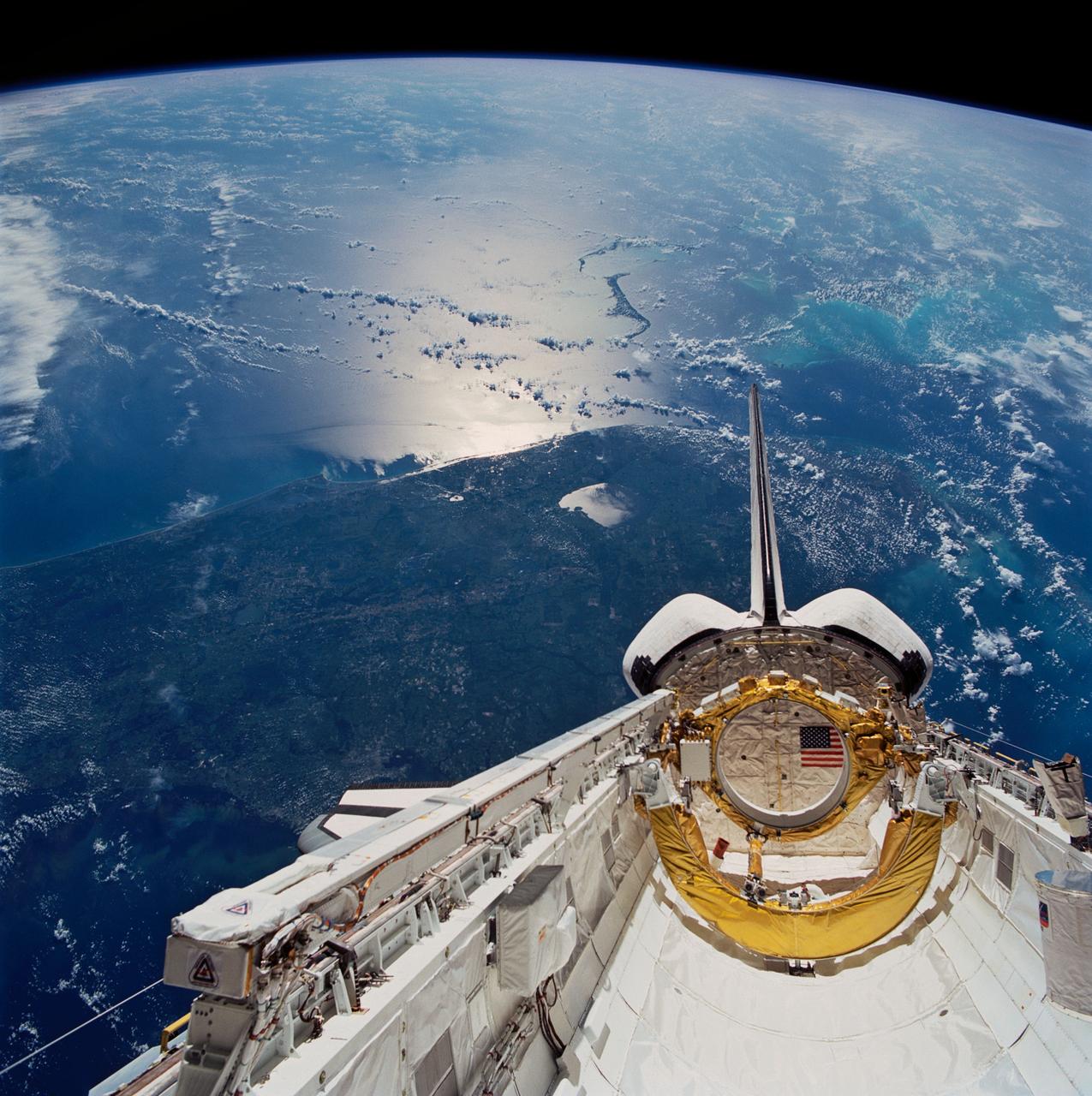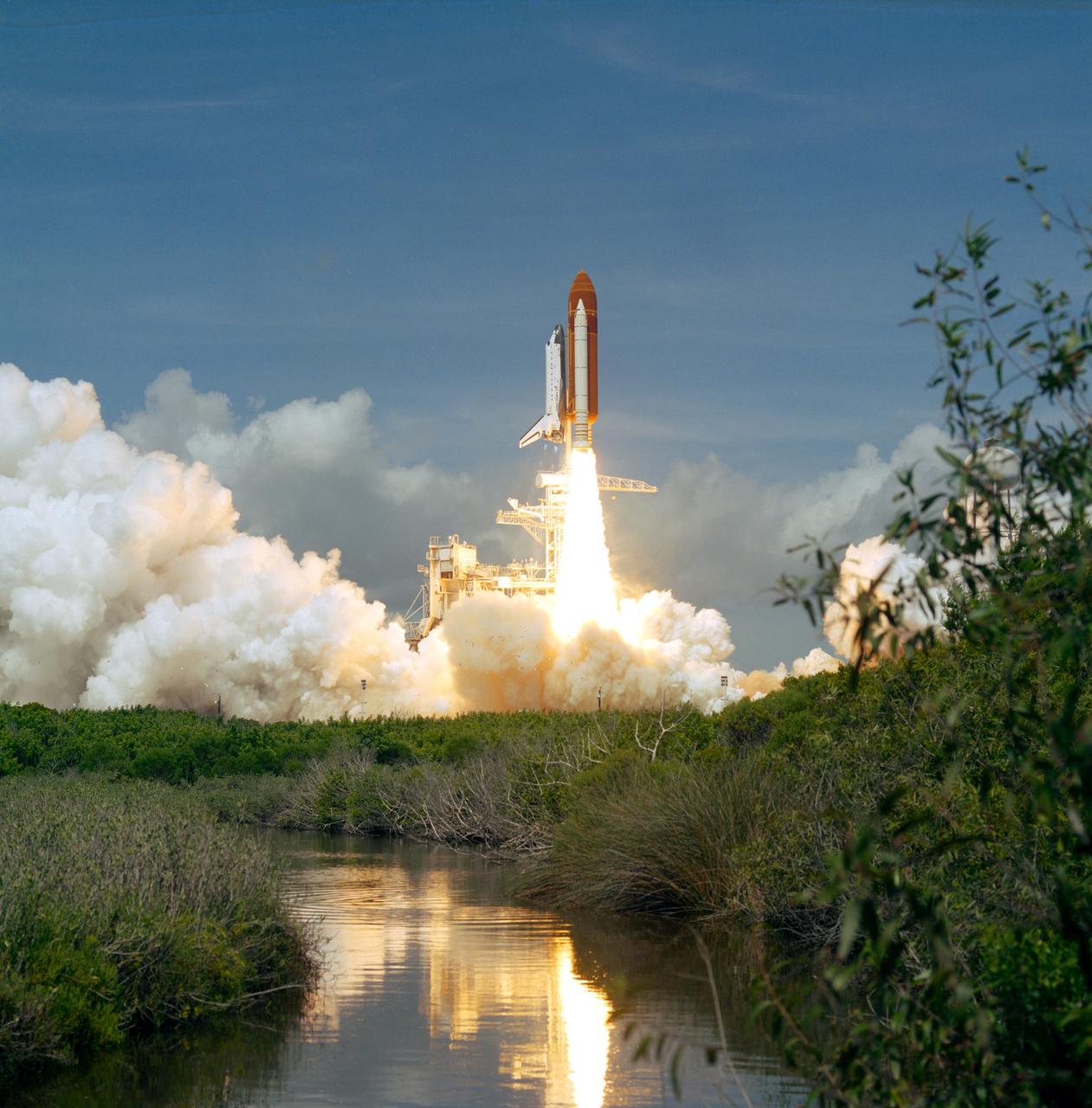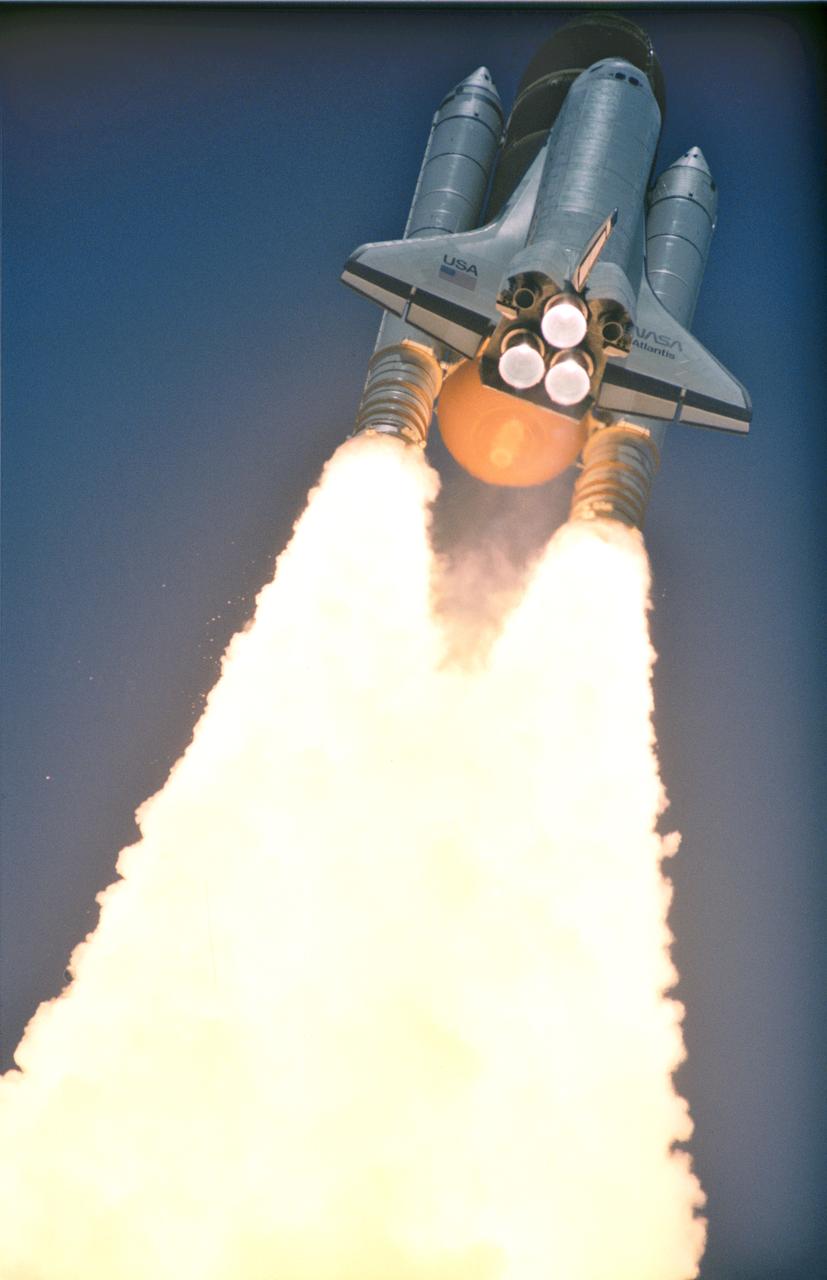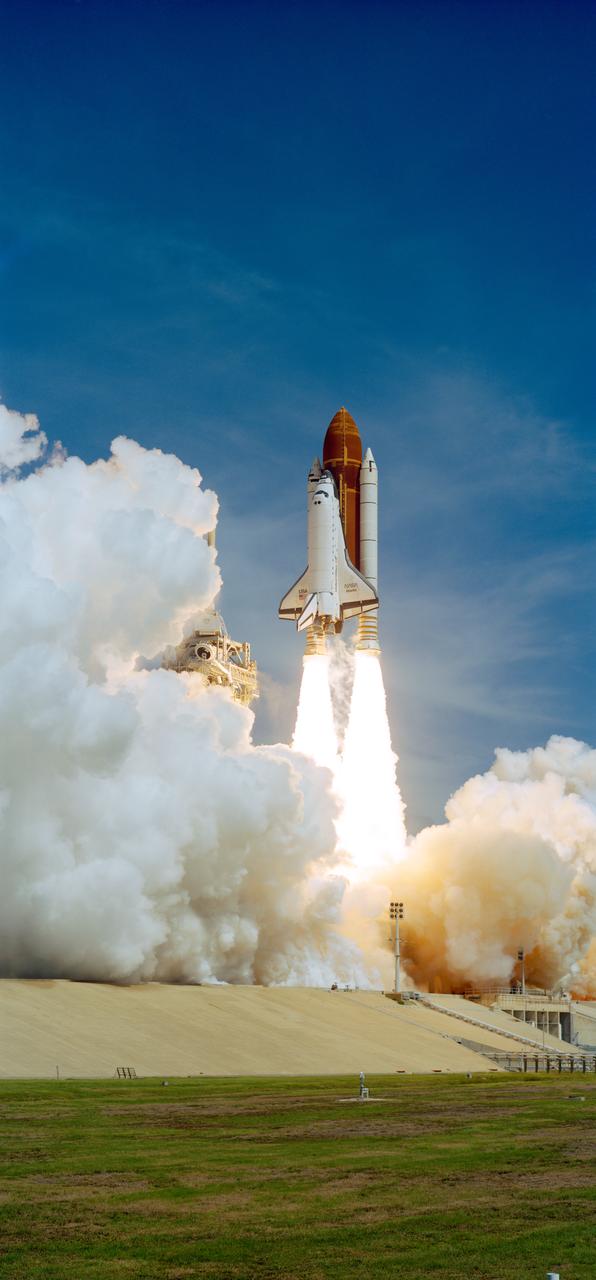STS-43 Fact Sheet
By Cliff Lethbridge

STS-43 — Atlantis
42nd Space Shuttle Mission
9th Flight of Atlantis
Crew:
John E. Blaha, Commander
Michael A. Baker, Pilot
James C. Adamson, Mission Specialist
G. David Low, Mission Specialist
Shannon W. Lucid, Mission Specialist
Orbiter Preparations:
Tow to Orbiter Processing Facility – April 19, 1991
Rollover to Vehicle Assembly Building – June 19, 1991
Rollout to Launch Pad 39A – June 25, 1991
Launch:
August 2, 1991 – 11:01:59 a.m. EDT. Launch was originally scheduled for July 23, 1991 but was postponed to July 24, 1991 to allow time to replace a faulty integrated electronics assembly that controls external tank/orbiter separation.
July 24, 1991 launch attempt was scrubbed at T-5 hours due to a faulty main engine controller on Main Engine Number Three. The controller was replaced and launch was rescheduled for August 1, 1991.
After successful resolution of a suspect cabin pressure vent valve reading issue, the August 1, 1991 launch attempt was scrubbed due to unacceptable weather at the Shuttle’s emergency landing runway at the Kennedy Space Center.
August 2 launch occurred as scheduled with no delays.
Landing:
August 11, 1991 – 8:23:25 a.m. EDT at Runway 15, Kennedy Space Center. Rollout distance was 9,890 feet. Rollout time was 59 seconds. Mission duration was 8 days, 21 hours, 21 minutes, 25 seconds. Landing occurred during the 142nd orbit.
This was the first scheduled landing at the Kennedy Space Center since STS-61C in January, 1986. (Columbia was diverted to Edwards Air Force Base, California at the conclusion of mission STS-61C, although KSC was the primary landing site. While post-Challenger missions STS-38 and STS-39 landed at KSC, Edwards Air Force Base was the primary landing site for those flights.)
Mission Summary:
The primary payload was NASA’s Tracking and Data Relay Satellite-5 (TDRS-5), which was deployed using an Inertial Upper Stage (IUS) booster. TDRS-5 became the fourth satellite in NASA’s TDRS cluster.
Secondary payloads included the Space Station Heat Pipe Advanced Radiator Element II (SHARE II), Shuttle Solar Backscatter Ultraviolet Instrument (SSBUV), Tank Pressure Control Equipment (TPCE) and Optical Communications Through Windows (OCTW).
Experiments included the Auroral Photography Experiment-B (APE-B), Protein Crystal Growth III (PCG III), Bioserve/Instrumentation Technology Associates Materials Dispersion Apparatus (BIMDA), Investigations Into Polymer Membrane Processing (IPMP), Space Acceleration Measurement System (SAMS), Solid Surface Combustion Experiment (SSCE), Ultraviolet Plume Instrument (UVPI) and the Air Force Maui Optical Site (AMOS) experiment.
SELECTED NASA PHOTOS FROM STS-43
